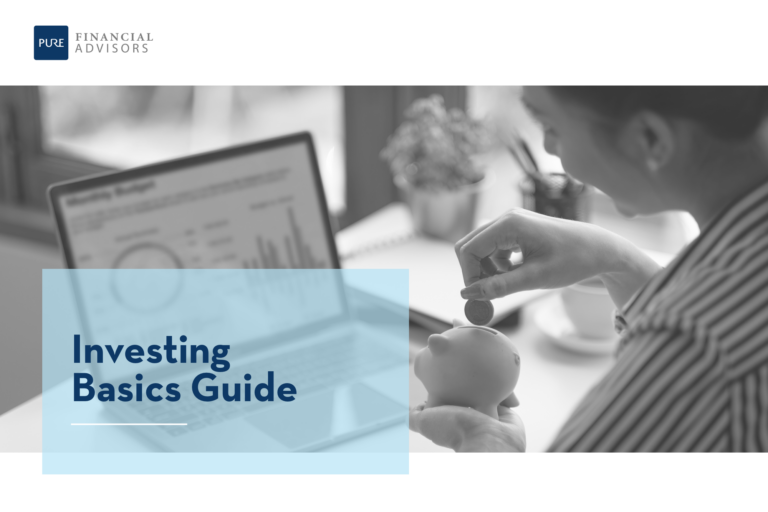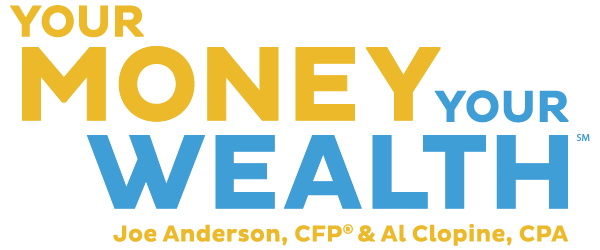
Are you self-employed and feeling confused about tax filing? Too often, small business owners invest more time and energy into building their companies, only to overlook the intricacies of filing their taxes. Discover strategies to efficiently navigate the process and maximize your savings.
In this guide, you’ll learn…
- Selecting a Legal Entity
- Estimated Payments
- The Qualified Business Income (QBI) Deduction
- And more!







